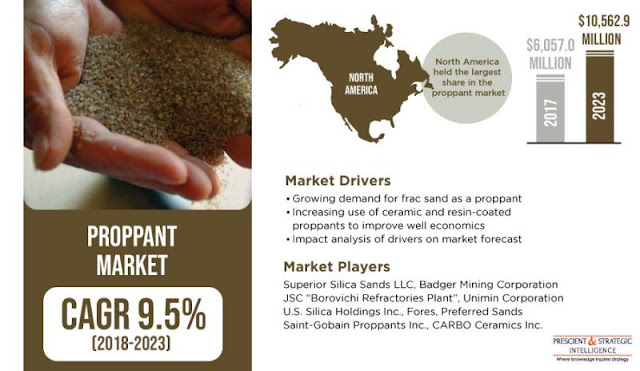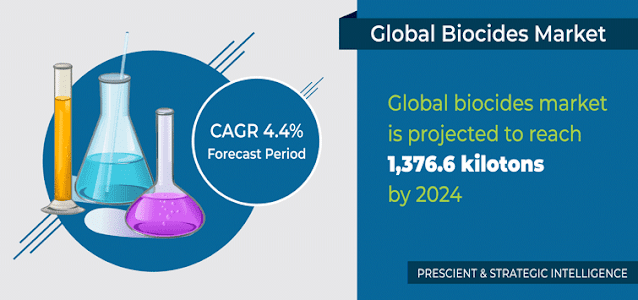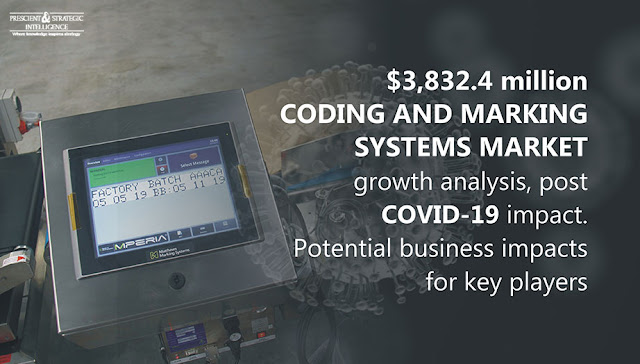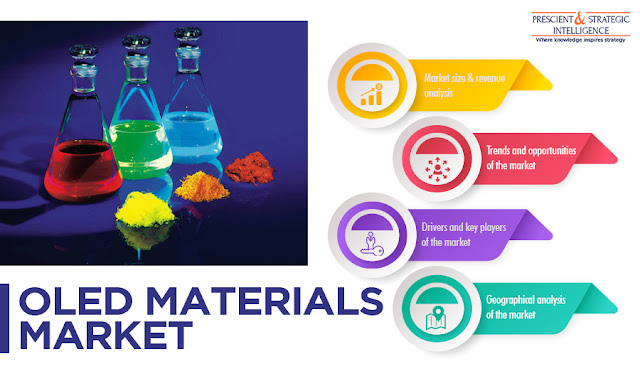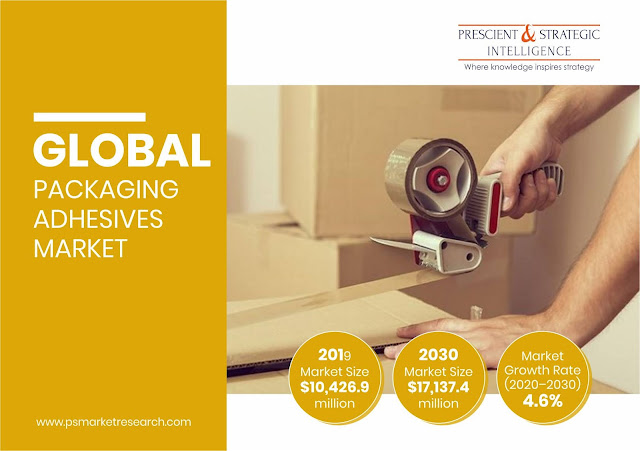
How Are Brownfield Discoveries Driving Digital Oilfield Technology Usage?
During 2017–2018, electricity production from coal, natural gas, and crude oil grew by 370 million tonnes of oil equivalent (Mtoe), driving the global electricity generation during this period, says the International Energy Agency (IEA). Thus, despite the focus shift toward renewable energy, fossil fuels continue to hold the largest share in the earth’s energy mix. This is perhaps because power production from these sources requires technologies that have been known for over one century. Moreover, renewable technologies require a high investment, and many of them don’t produce electricity as efficiently; solar plants don’t work at night, while wind plants can only work on really windy days.
Thus, with the rising oil and gas exploration and production (E&P) activities, the digital oilfield technology market size will likely grow from $26,570.4 million in 2017 to $34,871.6 million by 2023, at a 4.6% CAGR between 2018 and 2023. This will be because with the aging of oil and gas fields, the pressure with which the commodities rise to the surface decreases, which creates the need for advanced technology to keep the production volume economically feasible. Moreover, a number of brownfield reserves are being discovered, which have already matured, thus require digital technologies to boost production.
Presently, Europe and North America are the two largest contributors to the digital oilfield technology market because of their huge oil and gas reserves. The U.S. and Russia account for some of the largest oil and gas reserves and E&P volumes. Although Venezuela in South America is said to have the largest proven oil reserves, its production volume is quite low due to it being a developing country with primitive technology, which is not suitable for mass production.
Other than North America and Europe, the Middle East and Africa (MEA) is another potential user of the digital oilfield technology. For a region the very economy of which is built around oil, the Middle East could potentially generate a huge demand for such solutions. Among the top 10 countries with the largest proven oil reserves in the world are Saudi Arabia, Iran, Iraq, Kuwait, the U.A.E., and Libya, all in the MEA region.
Hence, with oil and gas continuing to power humanity, the demand for advanced technologies that can help boost their production will only rise.

